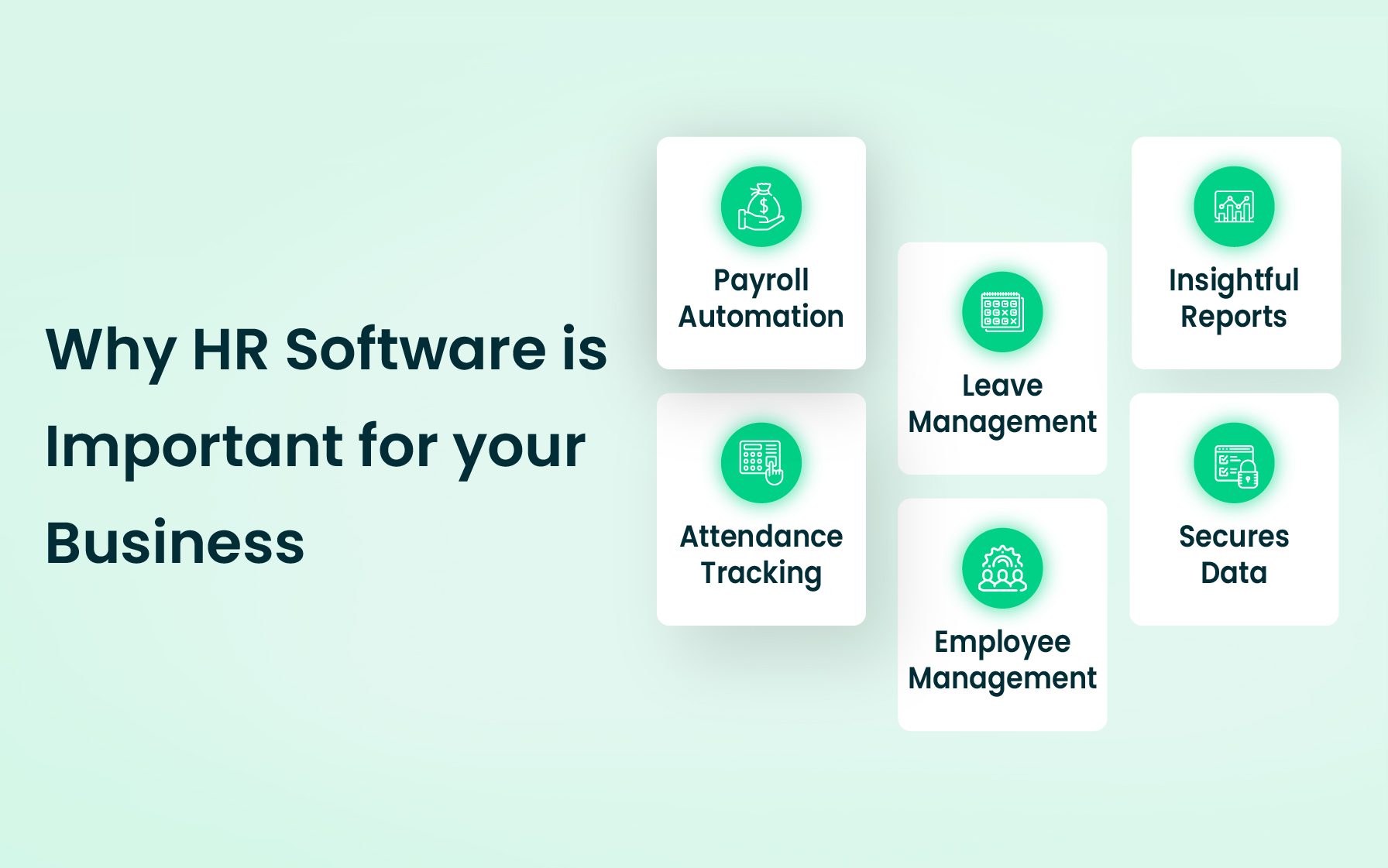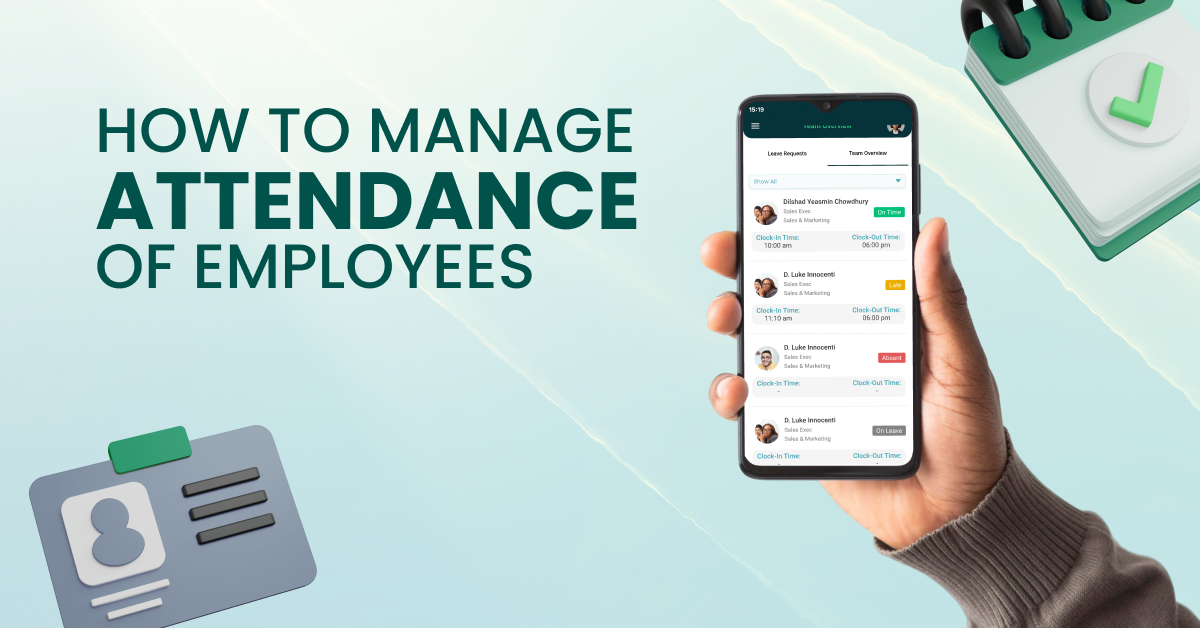
Why HR Software is Important for your Business
Meta Description: why HR software is important for your business. Learn about HR payroll software, its benefits, and Accord HRM. It simplify your HR tasks for better efficiency In this blog, we will explore why HR software is indispensable for businesses. From managing payroll to enhancing employee engagement, HR software helps you handle important tasks […]



